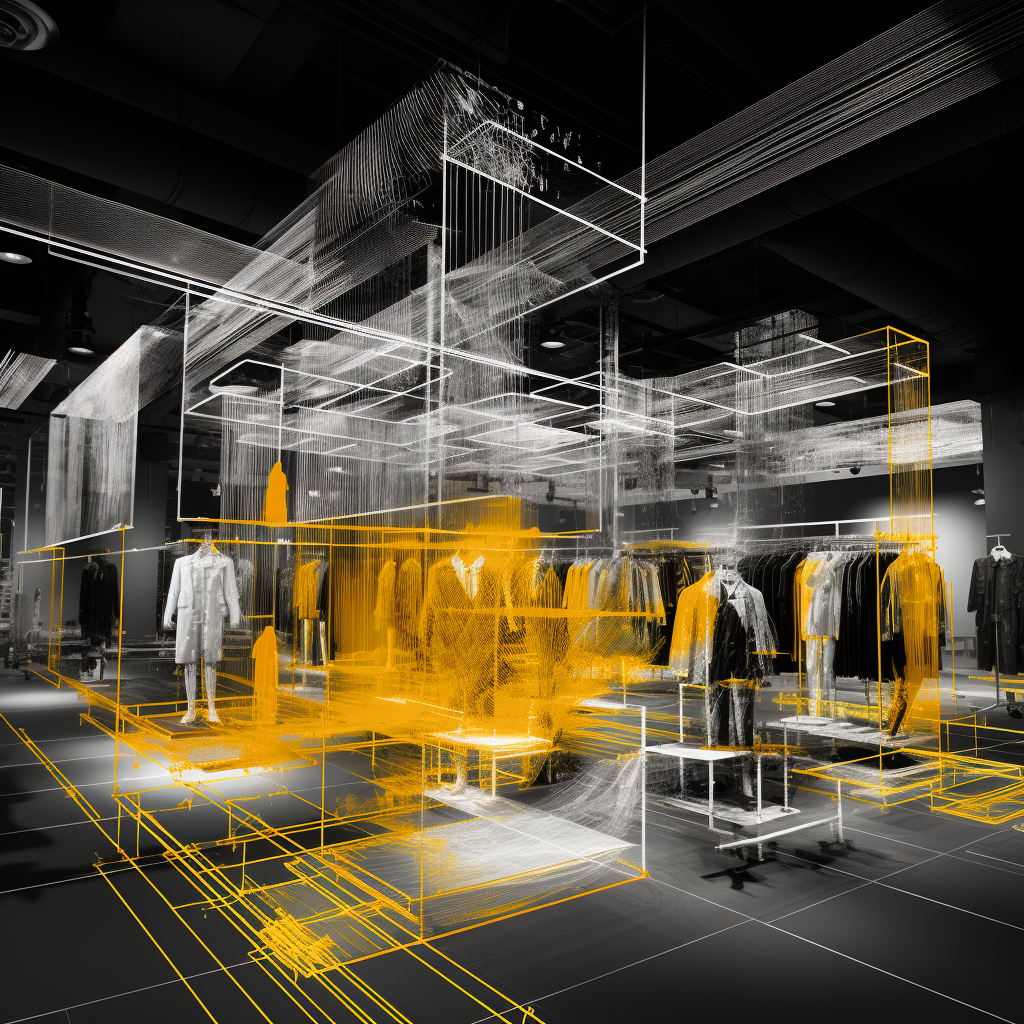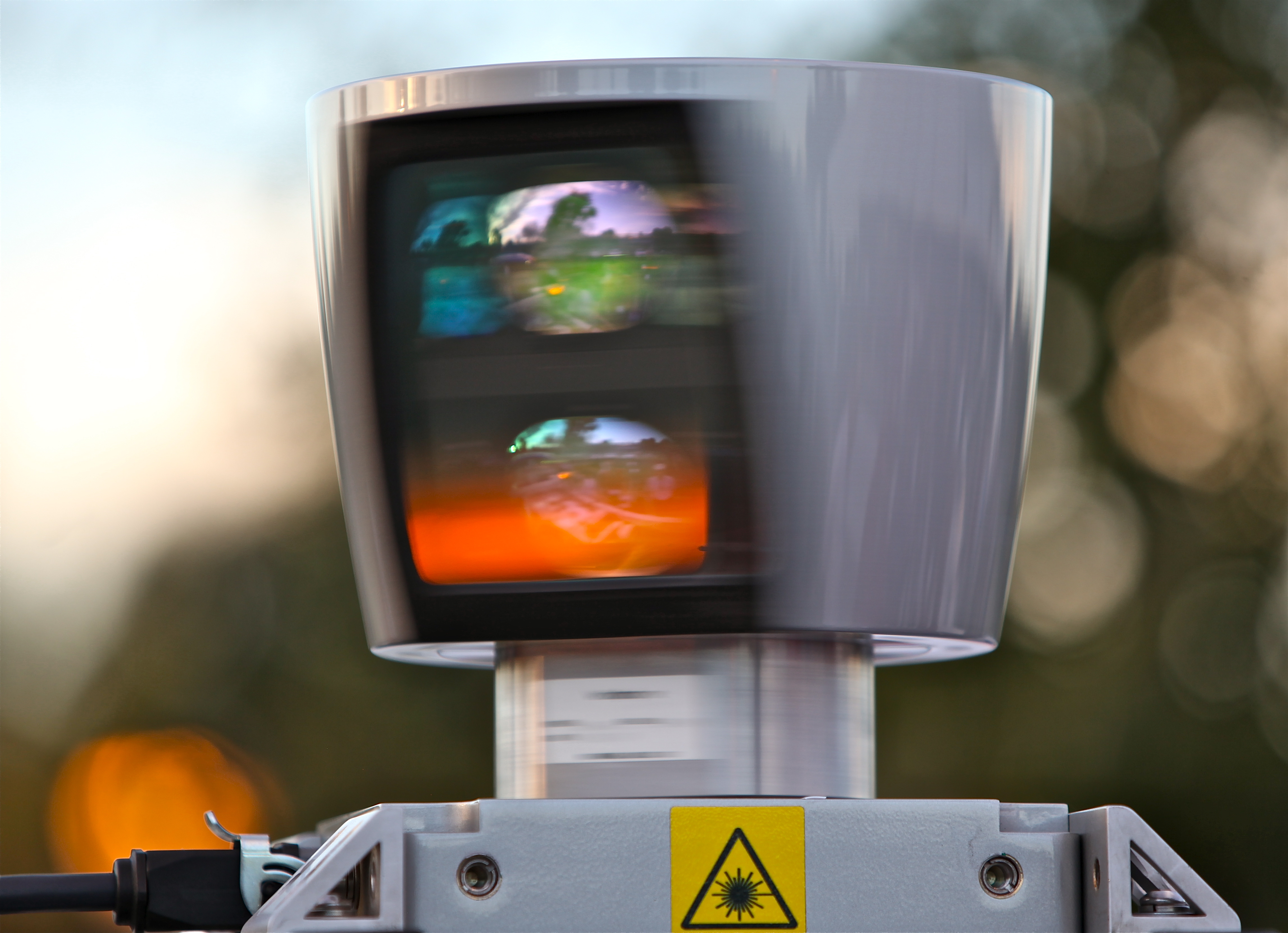
Robotic ImagingNovember 21, 2023
In an era of fierce competition, retail brands are continuously seeking innovative ways to enhance efficiency, streamline operations, and deliver exceptional customer experiences. As technology rapidly evolves, one trend on the horizon is the standardization of store documentation in architecture and real estate utilizing LiDAR (Light Detection and Ranging) technology. This week's article explores the benefits of scan-to-BIM (Building Information Modeling) technology and highlights why retail brands should embrace this revolutionary approach in the new year.
Benefits of Scan-to-BIM Technology
- Enhanced Precision and Accuracy
Scan-to-BIM technology offers unparalleled precision and accuracy in store documentation. LiDAR scanners collect millions of data points in a matter of minutes, providing highly detailed 3D representations of physical spaces. This enables retail brands to capture accurate measurements, structural information, and interior details, ensuring that architectural plans are based on real-world data rather than assumptions. The result is improved accuracy in space planning, inventory management, and store layouts, minimizing errors and optimizing resource allocation.
- Efficient Space Optimization
Effective space utilization is crucial for retail brands looking to optimize revenue generation while offering a seamless shopping experience. Scan-to-BIM technology enables retailers to analyze existing store layouts and identify areas for improvement. By digitizing floor plans and shelving setups, stakeholders can visualize store layouts in a virtual environment, allowing for quick and efficient experimentation with different floor plans and product placements. This data-driven approach provides insights into how spaces can be optimized, leading to increased profitability and improved customer flow.
- Streamlined Construction Processes
Traditional construction and remodeling projects in retail often face delays and cost overruns due to inadequate documentation and miscommunication. Scan-to-BIM technology eliminates the guesswork by providing architects and contractors with accurate project data. By digitally integrating as-built conditions into BIM models, stakeholders can identify and address potential clashes or conflicts early in the design phase, thereby reducing rework and construction errors. Consequently, scan-to-BIM enables retail brands to streamline construction processes, delivering projects on time and within budget.
- Enhanced Facility Management
The benefits of scan-to-BIM technology extend beyond the construction phase. Once a retail store is operational, BIM models integrated with real-time data enable more efficient facility management. By visualizing and accessing information such as equipment locations, utility systems, and maintenance schedules, store managers can proactively plan and streamline store operations. This optimization of resource management reduces downtime, enhances safety protocols, and improves overall maintenance efficiency, ultimately leading to cost savings.
Why Retail Brands Should Embrace Scan-to-BIM in the New Year
- Competitive Advantage
In an increasingly competitive retail landscape, staying ahead requires innovative approaches. By adopting scan-to-BIM technology, retail brands gain a competitive edge by streamlining store design, construction, and facility management processes. The ability to optimize store layouts and provide seamless customer experiences positions brands as leaders, enticing customers and enhancing brand loyalty.
- Financial Implications
Scan-to-BIM technology has a positive impact on the bottom line of retail brands. The reduction in construction errors, rework, and maintenance costs leads to significant savings. Furthermore, the optimized store layouts, improved inventory management, and operational efficiencies translate into increased profitability and return on investment. In the new year, retail brands should capitalize on these financial benefits to drive growth and sustainability.
Overall, scan-to-BIM technology is revolutionizing the way retail brands approach store documentation in architecture and real estate. By leveraging LiDAR technology, retail brands can achieve enhanced precision, efficient space optimization, streamlined construction processes, and improved facility management. The new year presents an opportune time for retail brands to embrace this paradigm shift, as scan-to-BIM offers a competitive advantage and significant financial benefits. By leveraging this technology, retailers can transform their operations to deliver memorable customer experiences while optimizing resource allocation and increasing profitability.

